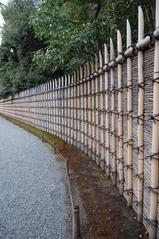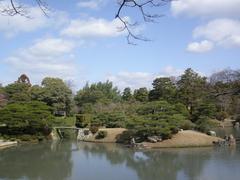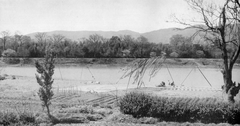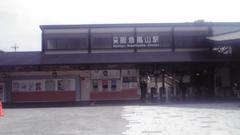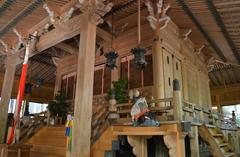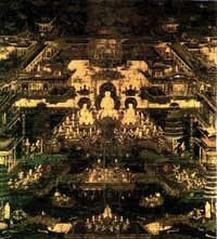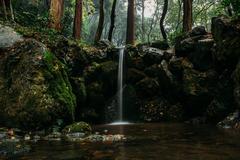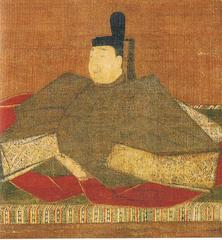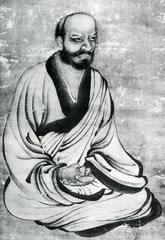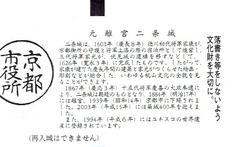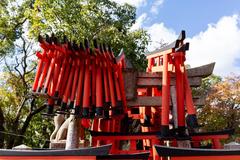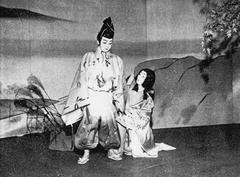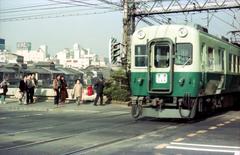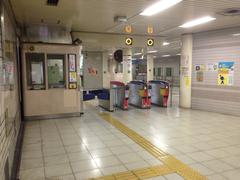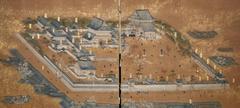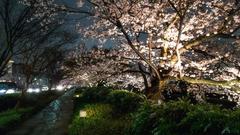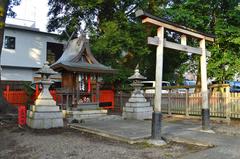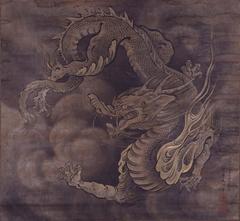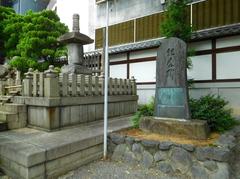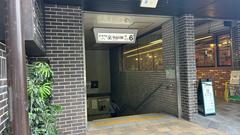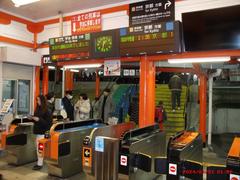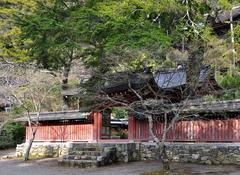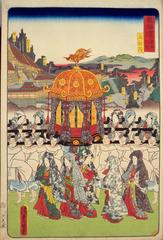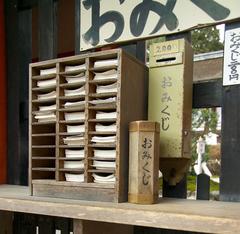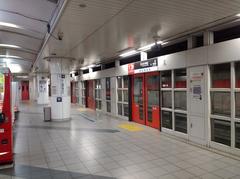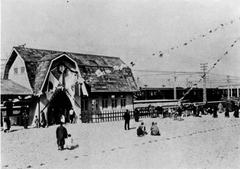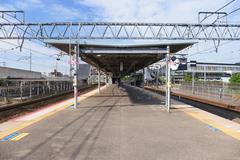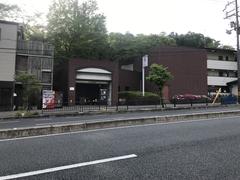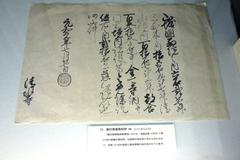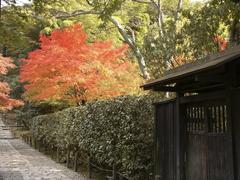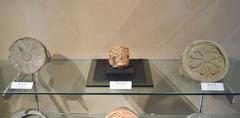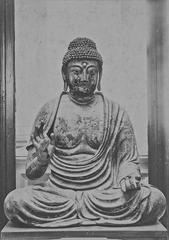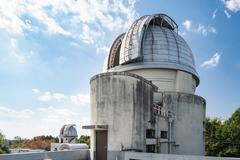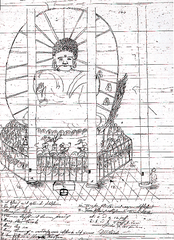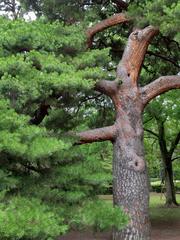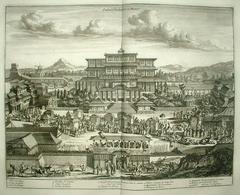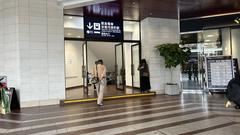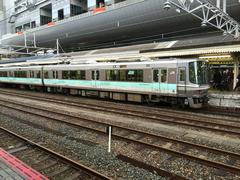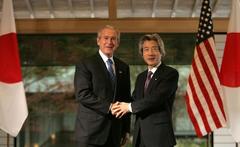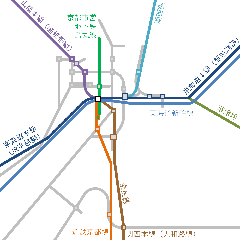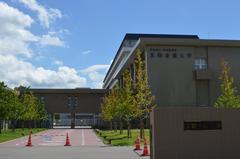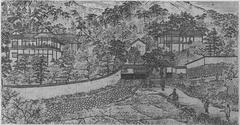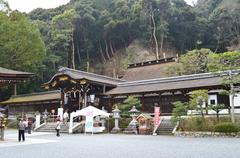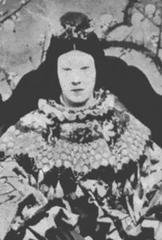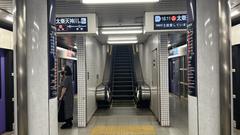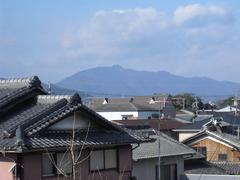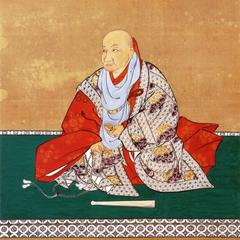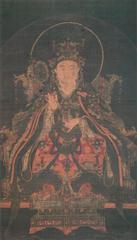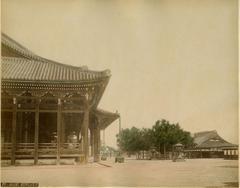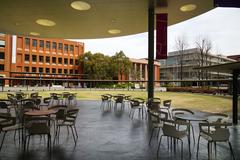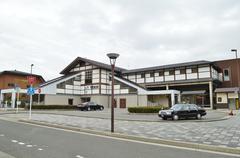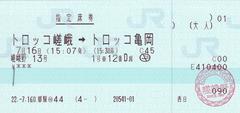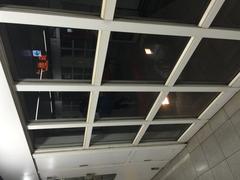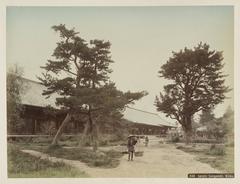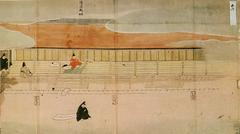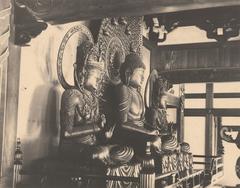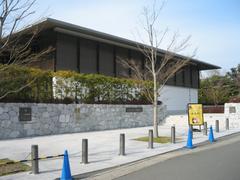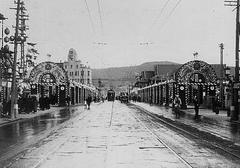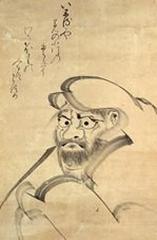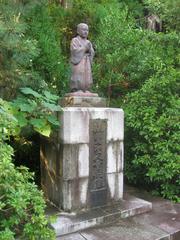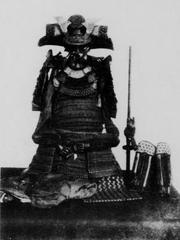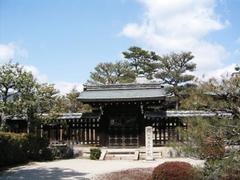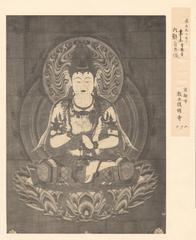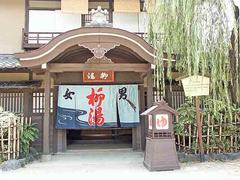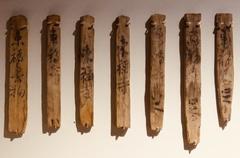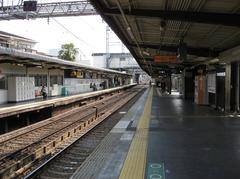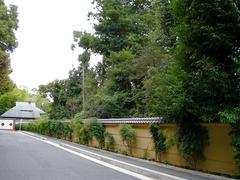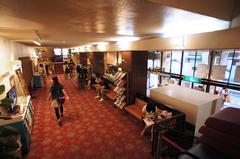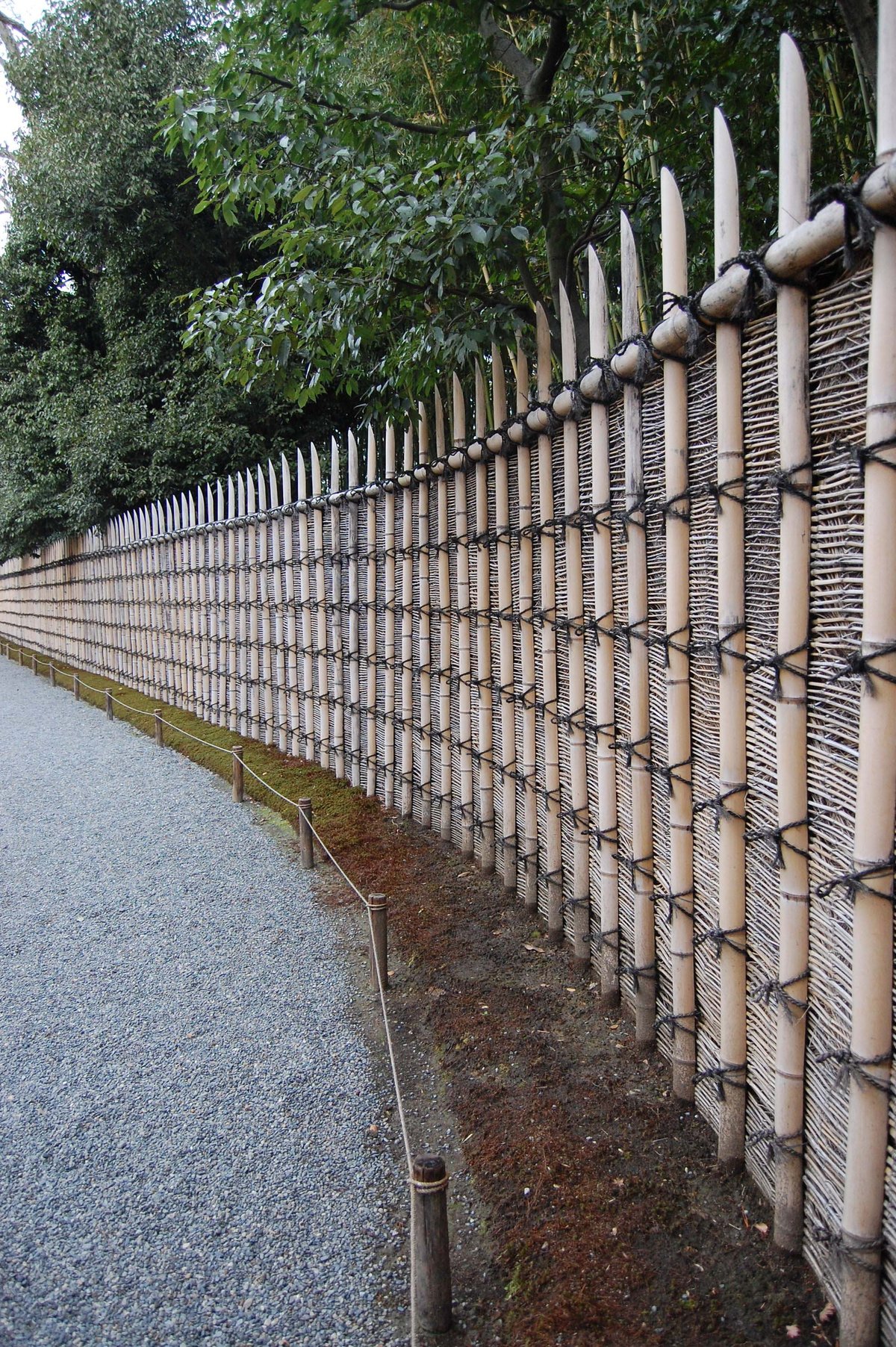
Katsura Imperial Villa Kyoto: Visiting Hours, Tickets, and Visitor Guide
Date: 14/06/2025
Introduction to Katsura Imperial Villa
Located in the tranquil western outskirts of Kyoto, Katsura Imperial Villa (Katsura Rikyū) is internationally recognized as a masterpiece of Japanese architecture and garden design. As one of the most exquisite surviving examples of Edo-period artistry, the villa harmonizes traditional Shoin-zukuri and Sukiya-zukuri architectural styles with an innovative stroll garden (kaiyū-shiki teien). Originally established in the early 17th century by Prince Hachijō Toshihito and later expanded by his son, Prince Toshitada, the villa reflects centuries of aesthetic ideals rooted in Japanese philosophies such as wabi-sabi and shakkei (borrowed scenery). Revered as an imperial retreat, Katsura Imperial Villa served as a cultural hub for tea ceremonies, poetry gatherings, and moon-viewing parties, and has been a continual source of inspiration to architects and artists worldwide (Wikipedia; WanderOn).
Today, the villa is managed by the Imperial Household Agency, offering visitors limited-access guided tours that require advance reservation. This approach ensures both the preservation of the delicate environment and a more intimate, insightful experience. This comprehensive guide covers everything you need to know, from visiting hours and ticketing procedures to its historical context, architectural highlights, and practical travel tips (Japan National Tourism Organization; japan-guide.com).
Historical and Cultural Significance
Early Origins and Heian Period Influences
The Katsura area has been associated with imperial leisure since the Heian period (794–1185), when aristocrats built villas in the region for moon-viewing and poetic retreats. Its scenic beauty was immortalized in “The Tale of Genji,” setting a precedent for the villa’s design and purpose (Wikipedia).
Foundation and Expansion
Prince Hachijō Toshihito, granted land along the Katsura River by Toyotomi Hideyoshi, established the villa as a modest retreat, embodying the wabi-sabi aesthetic of simplicity and harmony with nature (WanderOn). The villa was significantly expanded by his son, Prince Toshitada, who rebuilt the main structures, added new teahouses, and commissioned artwork from Kano School painters. By the mid-17th century, Katsura Imperial Villa had reached its mature form, featuring interconnected drawing rooms, teahouses, and the renowned New Palace built for imperial visits (JHistories).
Architectural and Garden Innovations
The estate is celebrated for its seamless blend of architecture and landscape. The main buildings—Ko-shoin, Chu-shoin, and Shin-goten—feature moon-viewing verandas, sliding fusuma doors, and tatami floors, exemplifying Shoin and Sukiya styles (Japan Experience). The garden, attributed to Kobori Enshū, is a pioneering example of the stroll garden, designed for movement and discovery, with vistas unfolding along winding paths. The use of borrowed scenery (shakkei) integrates distant mountains and the Katsura River into the landscape (Japan Experience).
Cultural Legacy and Modern Influence
Serving as a venue for courtly gatherings, tea ceremonies, and literary pursuits, the villa embodies the cultural ideals of its period (WeXpats). After the extinction of the Katsura-no-miya line, the property came under state management and is now protected as an Important Cultural Property (Wa-Pedia). Katsura’s design has influenced modernist architects worldwide, most notably Bruno Taut, Le Corbusier, and Walter Gropius, who admired its modularity and integration with the landscape (JHistories; Wa-Pedia).
Katsura Imperial Villa: Visitor Information
Visiting Hours and Closures
- Open: Typically 9:00 AM – 5:00 PM (last admission 4:00 PM–4:30 PM)
- Closed: Mondays (or the next day if Monday is a national holiday), and December 28 – January 4
- Seasonal Variations: Hours may vary; always check the Imperial Household Agency website for updated information.
Ticketing and Reservations
- Advance Reservation Required: All visits must be booked in advance via the Imperial Household Agency’s online portal, by phone, or in person at their Kyoto office (japan-guide.com).
- Admission Fees: 1,000 yen per adult. Free for children aged 12–17 and visitors with a disability certificate. Children under 12 are not allowed (Japan National Tourism Organization).
- ID Required: Present a valid passport or photo ID at entry.
- Same-Day Tickets: Limited number, distributed from 8:40 AM on a first-come, first-served basis at the villa (japan-guide.com).
Tour Structure
- Guided Tours Only: All visitors must join a guided tour (approx. 50 minutes), available in Japanese with English-language tours on select days.
- Photography: Permitted only in designated outdoor areas; not allowed inside buildings (Japan National Tourism Organization).
- Group Size: Tours are limited in size to protect the villa’s tranquility and environment.
Accessibility
- Mobility: The villa’s gravel paths and historic structures limit accessibility. Wheelchair access is restricted; visitors with mobility challenges should consult the Imperial Household Agency in advance.
- Facilities: Public restrooms are available near the entrance.
Getting There
- By Train: Take the Hankyu Kyoto Line to Katsura Station, then walk 15–20 minutes to the villa (japan-guide.com).
- By Bus: Kyoto City Bus 33 or Keihan Bus numbers 2 and 26 stop at “Katsura Rikyu-mae.”
- By Taxi/Bicycle: Taxis from central Kyoto take about 20–30 minutes; cycling is also popular.
Architectural and Garden Highlights
Main Palace (Goten) and Shoin Halls
The main palace complex includes Old, Middle, and New Shoin halls, each with tatami-matted rooms, sliding fusuma doors, and engawa verandas that open to garden views. The modular spaces allowed for flexible use and frame the surrounding scenery (Artisans of Leisure).
Tea Houses and Pavilions
- Shokin-tei: The largest tea house, with a distinctive thatched roof and a moon-viewing room.
- Shoin: Used for literary gatherings and refined hospitality.
- Geppa-ro: A pavilion specifically for moon-viewing, offering poetic vistas.
Stroll Garden (Kaiyū-shiki Teien)
The garden, spanning over 69,000 square meters, is designed as a circuit of unfolding scenes—central pond, islands, bridges, and peninsulas—integrating borrowed scenery from distant mountains and the Katsura River. Seasonal highlights include cherry blossoms in spring and vibrant maples in autumn (SakuraTrips).
Stone Lanterns, Bridges, and Ornaments
Subtle features such as stone lanterns, moss-bordered paths, and stepping stones punctuate the landscape, guiding visitors through carefully composed views.
Visitor Tips
- Book Early: Tours fill quickly, especially during cherry blossom and autumn foliage seasons.
- Bring Valid ID: Required for entry.
- Arrive Early: For same-day tickets, arrive before 8:40 AM.
- Dress Comfortably: Wear shoes suitable for gravel and uneven paths.
- Check Weather: Tours are outdoors; bring sun/rain protection.
- Respect Guidelines: Follow instructions, stay with your group, and observe photography restrictions.
Frequently Asked Questions (FAQ)
Q: How do I reserve tickets for Katsura Imperial Villa?
A: Reservations are available online via the Imperial Household Agency, in person at their Kyoto office, or for a few same-day tickets at the entrance.
Q: What are the visiting hours?
A: Generally open from 9:00 AM to 5:00 PM, last entry at 4:00 PM–4:30 PM. Closed Mondays and December 28–January 4.
Q: Is photography allowed?
A: Only at designated outdoor spots; not inside the buildings.
Q: Are children allowed?
A: Only children aged 12 and above. Under 18s must be accompanied by an adult.
Q: Is the villa wheelchair accessible?
A: Accessibility is limited; contact the agency in advance for support.
Nearby Attractions
Enhance your Kyoto itinerary by visiting nearby sites such as Arashiyama Bamboo Grove, Tenryu-ji Temple, Suzumushi Temple, and the scenic Katsura River area (Trip.com).
Visuals and Media
For a richer preview, explore virtual tours and photo galleries provided by the Imperial Household Agency and leading travel platforms. When sharing images, use descriptive alt tags such as “Katsura Imperial Villa garden stroll path,” “Shokin-tei tea house,” and “Stone bridge at Katsura Imperial Villa.”
Conclusion and Final Tips
Katsura Imperial Villa is a living testament to Japan’s architectural and aesthetic heritage, offering a rare window into the refined world of imperial leisure and artistry. Advance reservations, respect for visitor guidelines, and an understanding of the villa’s unique features will ensure a memorable and respectful experience. For more travel insights, download the Audiala app and follow our social channels for up-to-date guides on Kyoto’s historical treasures.
Sources and Further Reading
- Katsura Imperial Villa, Wikipedia
- Katsura Imperial Villa Kyoto Japan, WanderOn
- Katsura Imperial Villa: Visiting Hours, Tickets, and History, JHistories
- Katsura Imperial Villa Kyoto Japan, Japan Experience
- Katsura Imperial Villa Kyoto Japan, WeXpats
- Katsura Imperial Villa Kyoto Japan, Wa-Pedia
- Katsura Imperial Villa: A Masterpiece of Japanese Architecture, SakuraTrips
- Katsura Imperial Villa Visiting Guide, Japan Guide
- Katsura Imperial Villa Visitor Information, Japan National Tourism Organization
- Katsura Imperial Villa and Garden, The Blissful Gardeners
- Katsura Imperial Villa Architecture and Gardens, Artisans of Leisure
